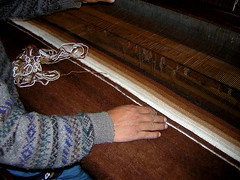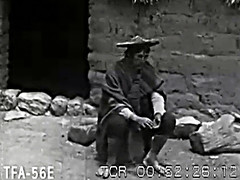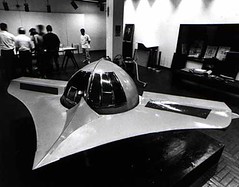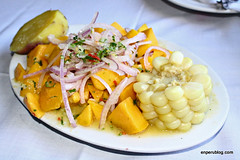Puno is a rather bleak former mining city that hugs the shores of Lake Titicaca. It is believed that from here, Manco Cápac – the first Inca king and direct descendent of the Sun – rose from the lake with his sister to found the Inca Empire.
The people here are both Aymara and Quechua, the Aymaras concentrated mostly to the south and east and Quechuas to the north and west.
Category: "Culture"
Cabanas and Collaguas
The Cabanas and Collaguas are, or rather were, two distinct ethnic groups in the Colca area. Before Spanish conquest and intervention it was not permitted for the two groups to intermarry. The two groups distinguished themselves by creating different head deformations, one group had tall and thin skulls and one had fat and long skulls. They did this by tying two pieces of wood to the babies head until the affects were irreversible.
Cajón, Cajón Peruano, Señores, Soy el Cajón
We’ve return from the Alianza Francesa where we saw the show by Maria del Carmen Dongo and ManoMadera. There is an explanation of the cajón in this previous blog entry, and a video of a previous show below.
Perú Negra – Black Peru
Afro-Peruvians contribute significantly to the culture of Peru, particularly in music.
Afro-Peruvians make up about 6% of the population and although settled throughout the country along with the spanish conquistadors, can be found mainly along the costal region.
Art in Peru
Dexterous Peruvian artisans hands convert paint, stone, wood, clay and more into unique pieces of highly valued art that are the result of generations of inherited learning. The Peruvian artisans lives and cultures are as varied and colourful as the works they create. Learn more of the marvellous popular art of all of Peru’s regions in this article adapted and translated from LAN Tours.










